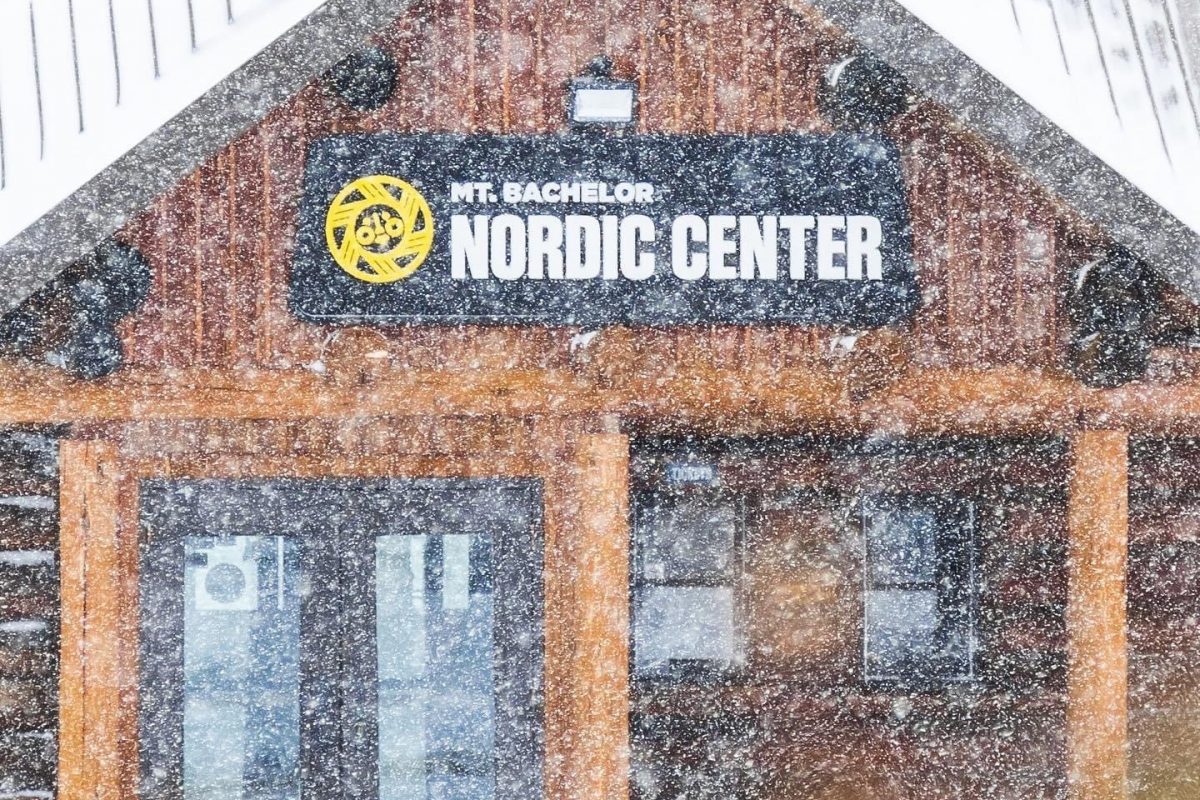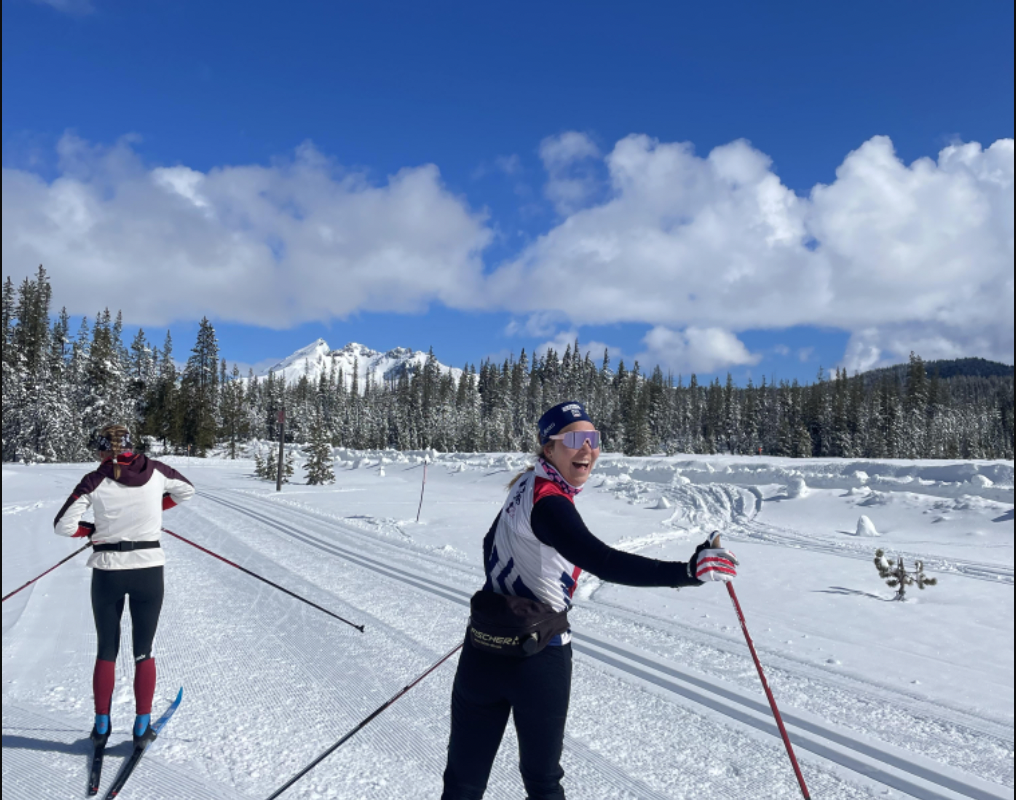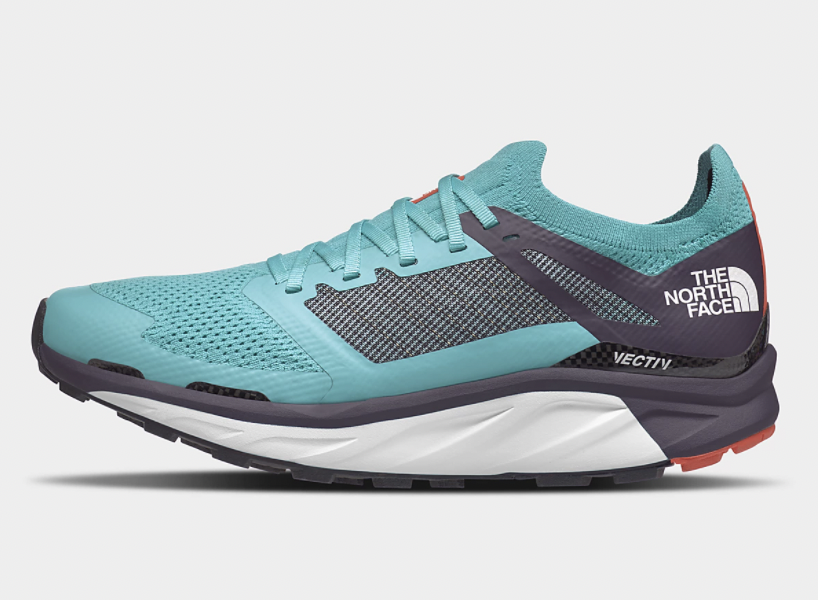Due to unforseen circumstances, the FasterSKier Rollerski Reviews were on hiatus for the second half of the summer. But they are back now, and though you may not want to admit, there are still months of rollerskiing left before the snow flies. Additionally, most rollerski models remain the same from year-to-year, so the information will be relevant next spring. And now back to business!
Woodski Inc is a small company based in Manchester, New Hampshire that produces low-cost wooden shaft skate rollerskis. Woodski offers one base model, an all-purpose skate ski, with an option for a brake. The skis come with the standard imported 100mm skate wheels seen on other skis like the Pursuit reviewed earlier. The wheels are available in three different speeds, and you can mix wheels to fine-tune your speed.

Woodski Skate ($129)
![]() Summary: The Woodski is a unique low-cost skate rollerski option, providing a smooth ride at an affordable price.
Summary: The Woodski is a unique low-cost skate rollerski option, providing a smooth ride at an affordable price.
Pros: Wood shaft makes for a smoother ride than similarly designed aluminum skis. Affordable. Available with a brake.
Cons: Feel a little clunky. Straight shaft. Brake on tested model is uncomfortable. The Woodski is a straight-shaft skate ski with an integrated fork, similar to most standard aluminum rollerskis. The shaft is constructed from American hickory, the same wood, Woodskis points out, that is used for shovel, axe and hammer handles.

I have to admit, when Woodskis contacted me about reviewing the skis, I was skeptical. Wooden skis produced out of a home shop? A novelty and most certainly creative, but hardly suitable for wider use. I couldn’t have been more wrong – the Woodskis are a fine training ski and I enjoyed my time on them.
Due to the straight shaft construction (no separate articulated fork) the skier is relatively high off the ground. The feel, standing on the skis is similar to any of the other straight shaft skis we tested – perched a bit high.
The wheels are the same as many models – 24x100mm wheels from Eastern Europe, so nothing new here. These wheels are perfectly functional and are cheap to replace. They are available in three speeds – we tested the medium speed, and found it “average” – faster than the Marwes, and similar to the Pursuit, ProSki S5e and PSI.
Where these skis do stand apart from the plethora of similarly designed models is in the smoothness of the ride, and the ski-like feel. The wooden shaft absorbs vibrations very well creating a significantly smoother ride on even mildly rough pavement. Additionally, the flex of the shaft provides a better simulation of skiing on a cambered ski on snow. Interestingly, the Woodski shaft is actually stiffer than other wood and composite skis we tested. This gives excellent power transfer, and the feeling of skiing on firm conditions. Optimally, however, I would have liked a bit more flex. The stiffness seemed to add to the somewhat “clunky” feel of the skis.
The skis are only available in one flex so heavier skiers will experience more ski flex, while a 100lb junior will not see much at all.
The great thing about the Woodskis is the price. They are the only non-aluminum shaft ski for under $250. In fact, the Woodski sets the bar for affordability. They are the cheapest rollerskis available in the US, listing at only $129. So while they may be lacking some of the high performance features of the Marwes or V2s, they are a great option for citizen racers and juniors just getting into the sport.
One may wonder about the durability of these skis. With moderate use during testing, I experienced no indication of weakness in the shafts, and Woodski Inc ships every pair with a lifetime warranty – if the shaft breaks, they will replace it! All rollerski shafts are prone to breakage over time, so this is a generous addition. Woodskis does recommend adding a coat of polyurethane at the end of every season, claiming that if you do so, “they will last forever.” The proof, of course, is in the pudding, and until you put some years on them, you won’t know for sure.
The skis are heavier than aluminum models, so if you are going for the “light, quick” feel, this is not a great option. But weight is similar to other wood and composite skis like the Marwe 610 and 610c. Length is identical to the Marwe, but for some reason the skis feel a bit long and cumbersome in comparison. This may have to do with the wheels, and where along the length of the ski the weight is concentrated.
The Woodskis do not come with mud guards (though it would be easy to retrofit with guards from another brand), but do have the option of a brake.

V2 pioneered the rollerski calf brake, and it works extremely well. We will have a full review of the V2 version available soon.
The Woodski design is very similar. The brake is basically a lever. Pressure on the top from the skier’s calf applies a block to the wheel, creating friction and slowing the ski. If you have never tried this style of brake, reserve judgment until you do. I was initially skeptical, but it works very well. The ability to easily control speed without having to adjust a speed reducer is extremely convenient, and adds a level of safety that is extremely desirable. Having a brake opens up otherwise inaccessible terrain, and is a very nice while coaching. It increases maneuverability when moving between skiers of different speeds and abilities.

Only one brake per pair of skis is needed, and it does add weight to the back of the ski, making it tail heavy. This is noticeable, but I did not find it a significant issue in terms of performance. Woodskis provides instructions for creating a rubber band “return” device to supplement the binding. I didn’t feel this was necessary, so didn’t bother, but there is no question that that it would help with any tail heaviness.
The cuff on the brake is made of a hard plastic and it is fairly small. I found the edges dug uncomfortably into my calf, and that the size meant I could almost miss the cuff when attempting to slow. Woodski is making some modifications to the cuff to increase comfort, and while not ideal, my test version was functional.
Impressively, the $129 price tag includes the brake, further increasing the value of these skis.
Rating these skis was challenging. Overall, despite the advantages of the softer wood shaft, the performance is very similar to straight-shaft aluminum skis. And while the brake is a very nice option, I view it as an accessory and not part of the core ski. When starting the reviews, I also made the decision not to factor price into the ratings – it is all about performance! So these skis could either rank at 3.5 “skiers” like the other straight-shaft skis, or at 4 “skiers.” Ultimately I went with 3.5 as I felt these skis were closer to their aluminum brethren than the Marwe and V2.
FasterSkier’s Buying Advice: The Woodski is a good all-around training ski at an amazing value. The option for a brake gives these skis a leg up on the competition. They offer a smooth ride, and a nice ski-like feel. The shaft is responsive, but is a bit too stiff. Still, this is a surprisingly good rollerski.
Topher Sabot
Topher Sabot is the editor of FasterSkier.




One comment
Pingback: FasterSkier Rollerski Reviews are Back